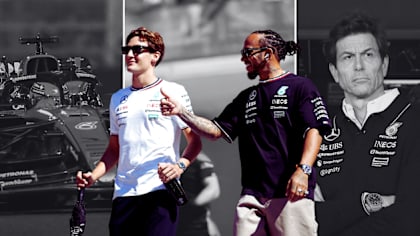1 / 3
Feature
Monte Carlo's miracle - making Monaco race ready
No other Grand Prix can match Monaco for glamour, atmosphere and spectacle, as Formula One cars tear through the streets of the Principality.
But transforming Monte Carlo from normal city to the world’s most famous F1 venue is a staggering feat: over a period of just six weeks, more than 21 kilometres of barriers and 20,000 square metres of fencing are installed, all with minimum disruption to residents’ everyday life.
In the first of a two-part feature, Michel Ferry, general commissioner of race organisers the Automobile Club de Monaco, describes the logistical complexities behind Formula One racing’s annual visit to Monaco…
Q: How early do you have to start work in order to be ready for the Grand Prix?
A: It depends on what year it is actually. When we host the Historic Grand Prix, which happens every two years, then we have to start work seven weeks before the F1 weekend. The years without the historic racing, we need to start six weeks before - that's the minimum needed to construct all the barriers, ground rails, wire netting, grandstands, buildings and so on.
Q: What are the logistics - both in terms of people and equipment - behind the construction?
A: We use private companies to build the grandstands, the barriers and so on. Every year we discuss plans with the companies, and this year we have six working for us. We need a lot of materials. We have around 21 kilometres of safety rails, around 1 kilometre of Tecpro barriers, around 20,000 square metres of wire netting, 1.5 tonnes of grandstand material, 3,000 protection tyres, 800 fire extinguishers - one for every 15 metres of track - and nine cranes. To build it all we have around 250 people working, paid for by the companies we hire. And then during the race itself we have more than 2,000 people - mostly volunteers like the marshals and stewards, but also people like police and doctors who are paid.
Q: Where do you store all the equipment?
A: There is not enough space in Monaco, and we use more materials every year too. So we have special storage units nearby - in Nice, even in Italy - to stock everything. We have just rented some big units on the Italian border to cope with this year’s infrastructure.
Q: And how long does it take to come down?
A: Six weeks to build, three weeks to dismantle - it's easier to take down. That is true of life - it is always easier to destroy than to build!
Q: Is there one section or area that is particularly difficult to build?
A: The biggest challenge is to build the race control tower, because of how much infrastructure is required. The pits, the pit lane, the paddocks, the cranes - that is easy now because we know how to do it. In the control tower you have TV, FOM, FIA, ACM, emergency services and so on - there are a lot of people, with a lot of high-technology requirements. But the biggest challenge, I think, is to be one of the best - if not the best - Grand Prix organisations in Formula One on a non-permanent track. Six weeks before the Grand Prix there is nothing; three weeks later, there is nothing. We build something exceptional, in line with other Grand Prix venues - but they are all permanent. That is the miracle; that is the biggest challenge. In February or March it is a normal city; in June it is like a permanent circuit. That transformation is a little bit crazy.
Q: To what extent do preparations affect residents?
A: Everyone knows that the Grand Prix is coming, and everybody knows that we are obliged to close some roads or building entrances or terraces to bars and restaurants. Everybody is used to it. The people who don’t agree or accept the changes leave Monaco for a few weeks. We started in 1929 you know, so everybody is used to it!
Q: And of course, the roads are not permanently closed, even during the Grand Prix weekend…
A: Correct. In fact, you can drive normally in the city, even with construction, until the Tuesday of the Grand Prix weekend. Then on Thursday at 0600 we close all the roads, put in the final Tecpro barriers and guard rails, and the track is complete. But you can drive normally at night: we re-open the roads at 1900 on Thursday. The next morning we repeat. It is the same for restaurants: most open in the evening, because that is when you can make money. During the day most are closed.
Q: How much extra traffic do you get over the weekend?
A: A lot - the harbour is full, even Nice airport nearby is full. In fact, more and more people have started using the train, because the railway station is in the centre of Monaco and there is the potential to go anywhere in Monaco by foot - you don’t need a car.
Q: Do you have to increase police numbers to cope?
A: No, we have enough police in Monaco to guarantee safety during the weekend. But there are more nearby to Monaco, at the borders from France or Italy for example. The French also use more policemen to guarantee the safety out of Monaco.
Q: How soon after the Grand Prix do you begin dismantling the track?
A: We start to re-open roads at 1800 on Sunday, so very soon. Just after that, we start to take down the guard rails, the barriers, the wire netting and so on. We work through the night, because on Monday a big part of the city is totally open once more.
Q: And finally, overall is it more a pleasure or a headache?
A: It is a great pleasure. It is a big challenge every year, but it is a fabulous job to change so totally the city, to arrange the schedules, to discuss with the people what changes and closures we need to make, and so on. And when we start the Grand Prix on Thursday morning, with F1 practice and with race control working, it is as if you are in a permanent circuit. To achieve that is the big challenge, and when it all comes together, that is when I say we have succeeded.
YOU MIGHT ALSO LIKE
Feature END OF YEAR REPORT: Aston Martin – A season below expectations but with key high-profile arrivals
News Hadjar signs for RB as he takes final seat on 2025 F1 grid
Feature EXCLUSIVE: The Top 10 F1 drivers of 2024 – as chosen by the drivers
Report END OF YEAR REPORT: Mercedes – An inconsistent season and a bittersweet farewell for Hamilton
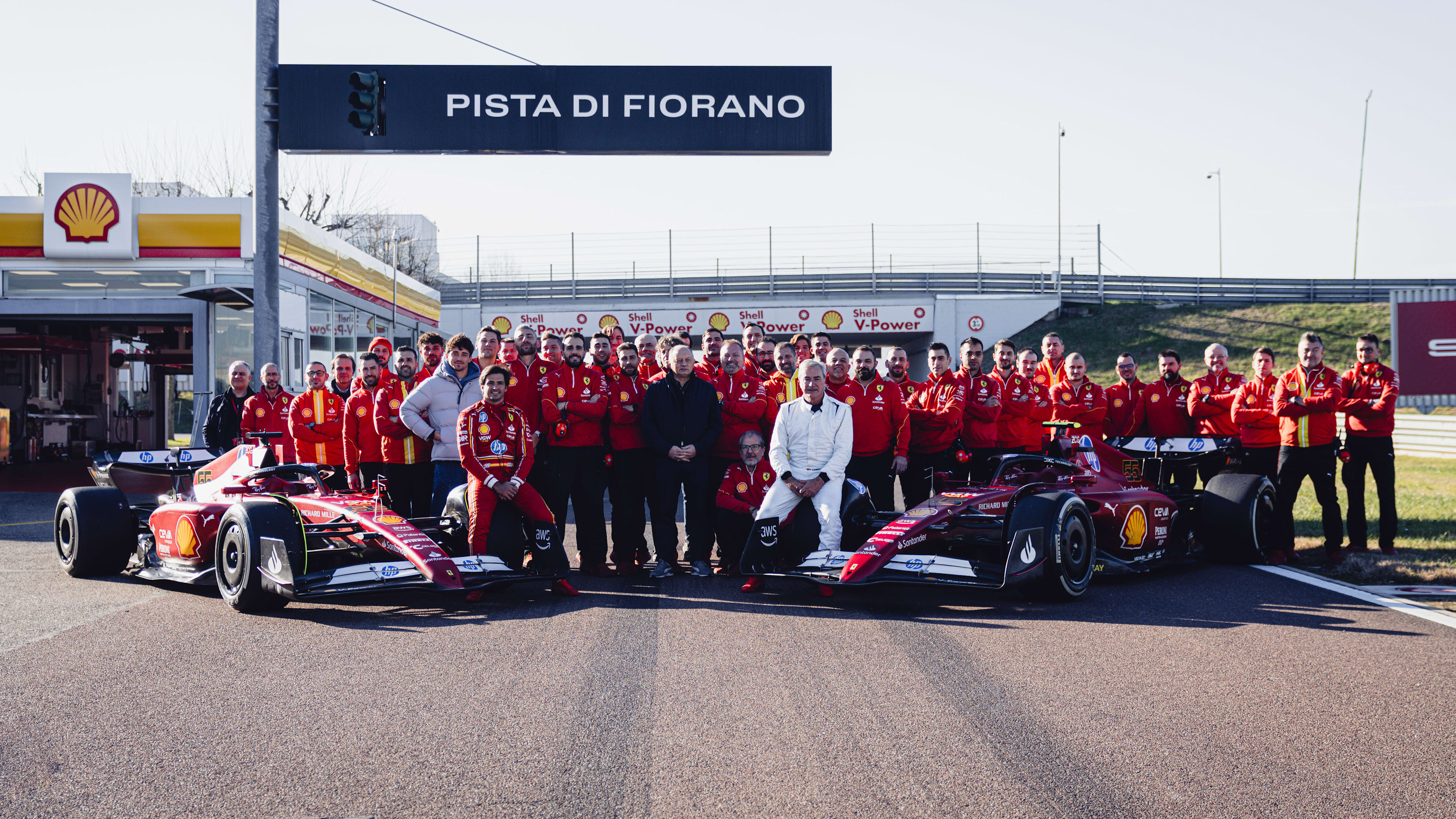
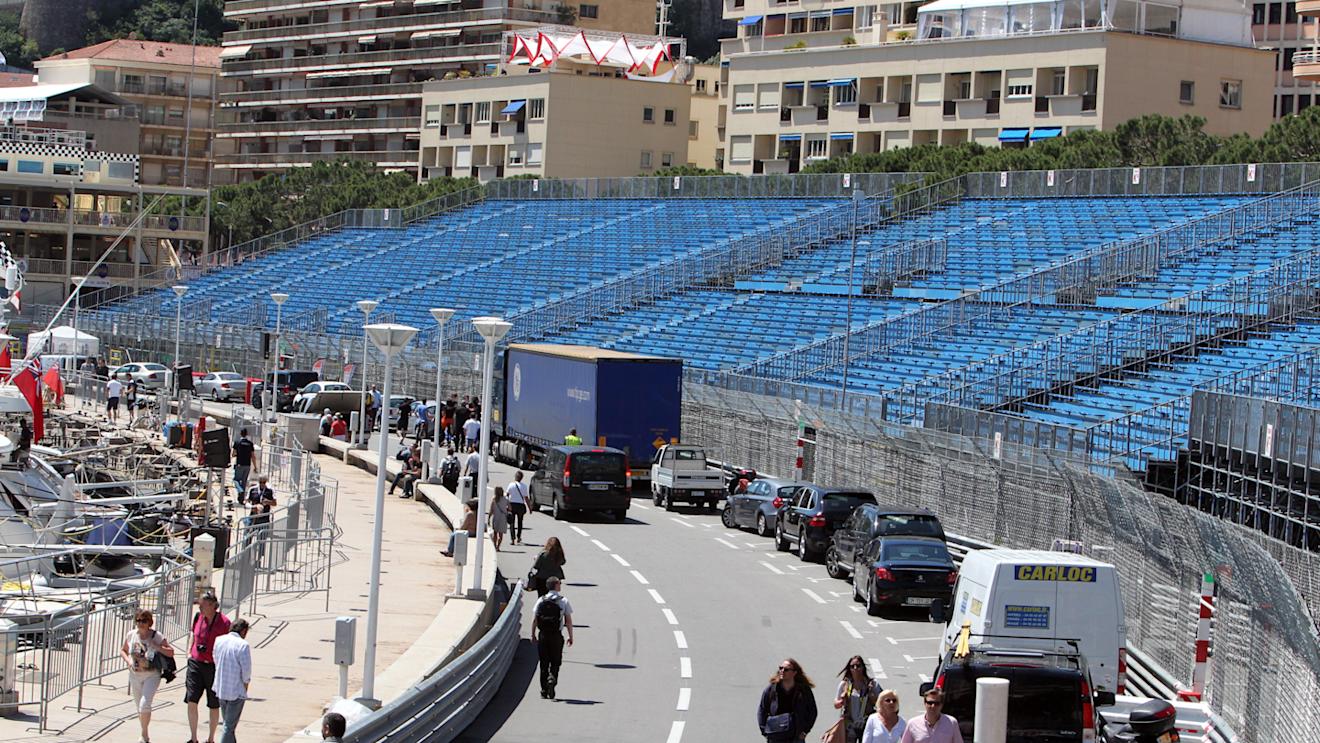

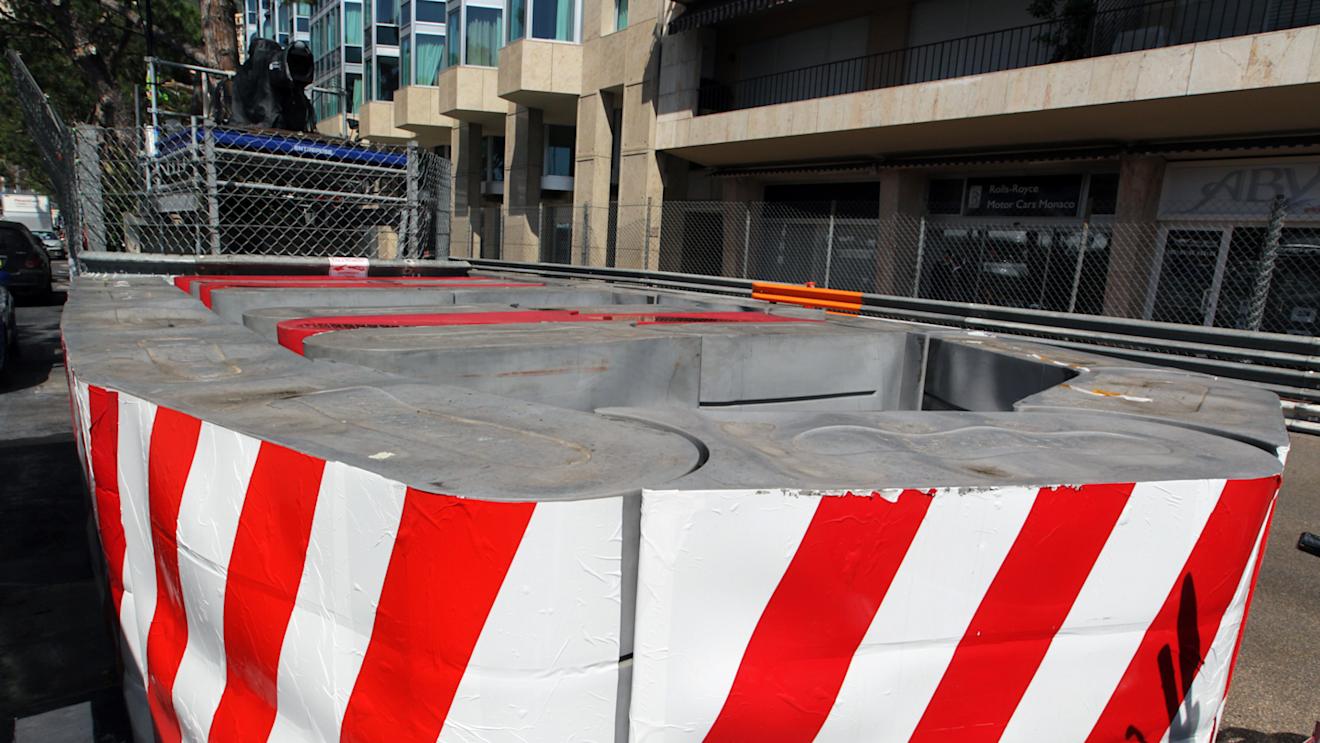
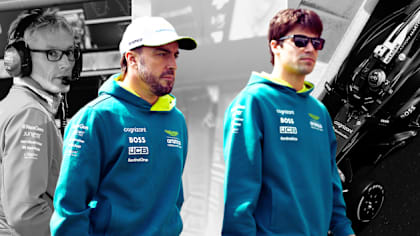
/Formula%201%20header%20template%20-%202024-12-20T091526.666)

